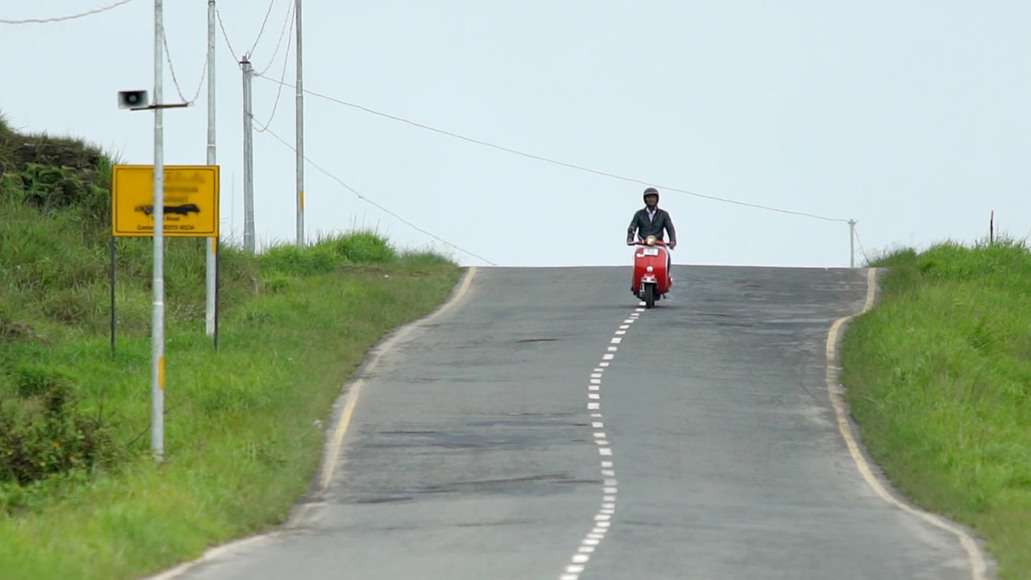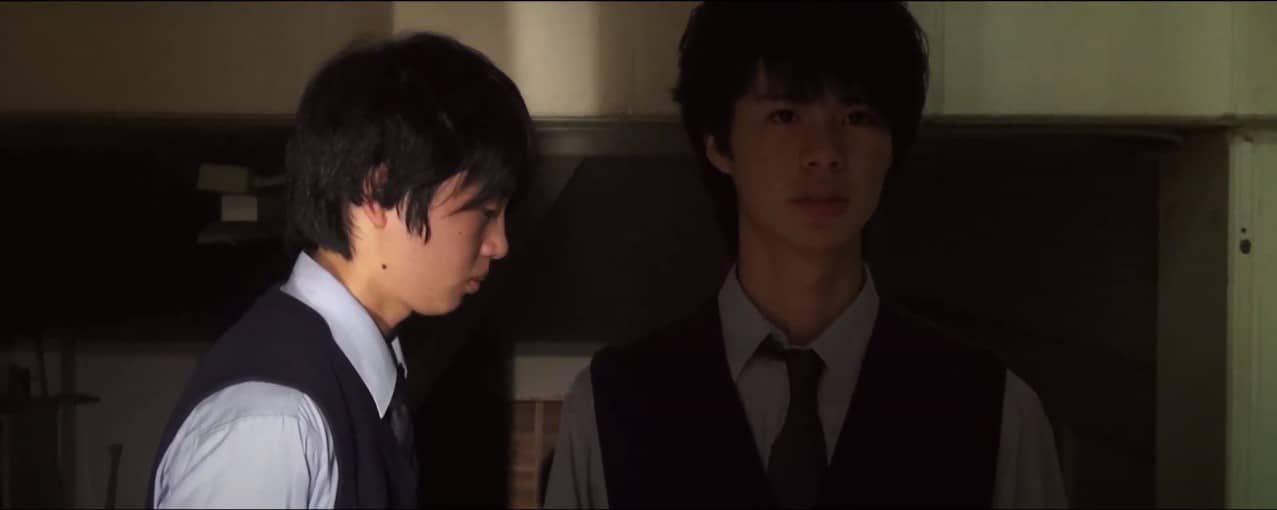In 2025, the Kostka gang, a group of kids with nicknames like Pork Chop, Bull Dog, Snowman, McAbnormal and J. Blo, aged from 5 to 15, terrorize Manila, robbing and killing everyone in their path. After a shootout with the police, one of their members dies, and their leader, nicknamed Boss, decides that they should rob a bank, in order to change their lives. The robbery however, goes horribly wrong, with a number of the gang's members ending up dead and Boss in prison.
Buy This Title
After a kind of comic strip, that shows his time in prison, the story jumps forward to 2053, when he is released and reunites with the remaining members. However, the money from the robbery were never found, and the members expect him to have it. Furthermore, someone seems to kill the remaining ones, one by one.
Khavn directs and pens a truly chaotic film, that seems more like a collage of his extreme thoughts than an actual film. However, here lies his biggest trait, since, through all that images and absurd sequences, he manages to tell a story quite clearly, despite the evident surrealism. Furthermore, music is almost constant in the movie, frequently making it look like an extreme music video, much like Sogo Ishii's “Burst City.” although in a more contemporary way. In that fashion, the film's music plays a very important role, and Brezel Göring and Francis de Veyra do a great job in the score and in the arrangement of the various tracks, which are composed by Khavn, Bing Austria and others.
In his effort to make all this chaos an actual film, Khavn benefits the most by the erratic but elaborate editing of Carlo Francisco Manatad, who had a very difficult task of connecting all those different images, but succeeded to the fullest, retaining the rapid pace for the whole film. Khavn uses a “trick” after the scenes where someone dies, showing images of funeral plaques with their names on it, accompanied by a “ding” sound. This trick appears so many times in the film that it becomes funny after a fashion. Both the film's aesthetics and its editing are highlighted in these sequences, that actually function as a “relief” from the constant action in the movie.
“Alipato” features a number of images that could easily be characterized as appalling. Starting from the children that roam the streets half naked, carrying guns, smoking cigarettes, beating and killing people, to a number of extreme sex scenes involving an old lady and a pregnant woman, to the club in a pig sty frequented by cops (the association is quite evident), the movie thrives with extreme images. Even the comic strip actually shows scenes of rape in the prison. However, Khavn, with the help of Albert Banzon's cinematography, and the aforementioned techniques in sound and editing, manages to keep all these images from becoming grotesque and appalling. Along with the motley colors that characterize the whole of the film, he portrays a detached view of the occurrences, which seems similar to a comic book rather than actual events. Furthermore, through these images, Khavn makes a clear comment regarding the situation in the slums of Manila, where children holding guns is not an usual spectacle.

Lastly, “Alipato” features a great finale, which also connects the story with some of the images presented in the beginning of the film.
“Alipato” is a bit difficult to watch, particularly for those not used with Khavn's style, but is definitely a masterpiece, a very entertaining spectacle on all aspects.

















